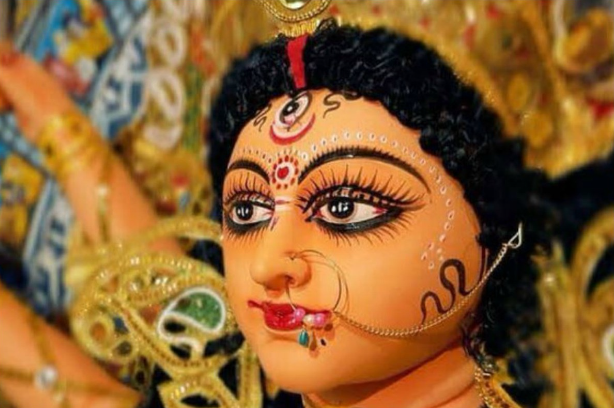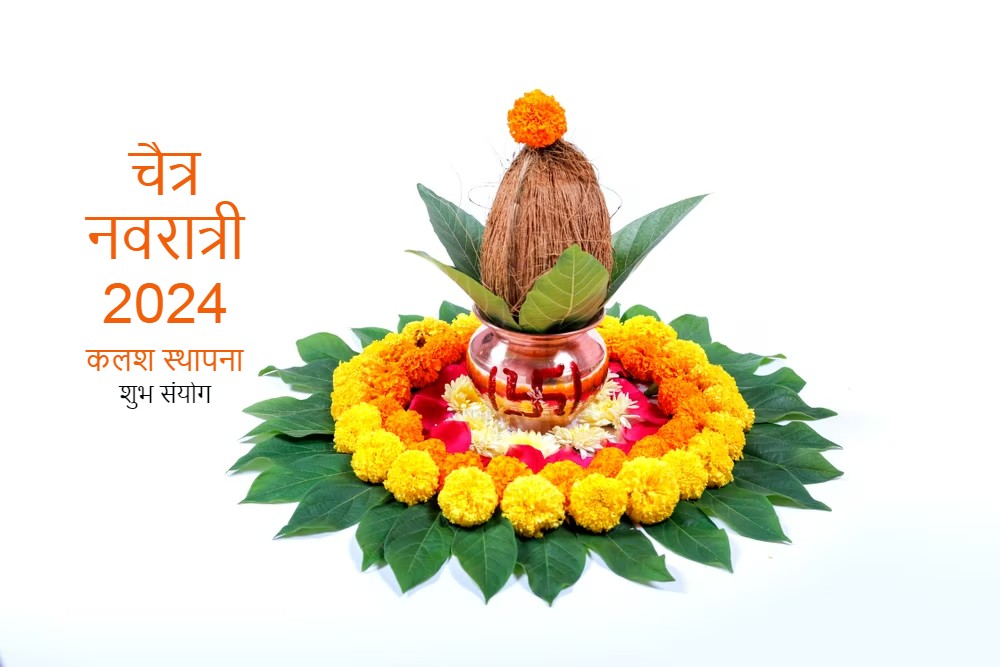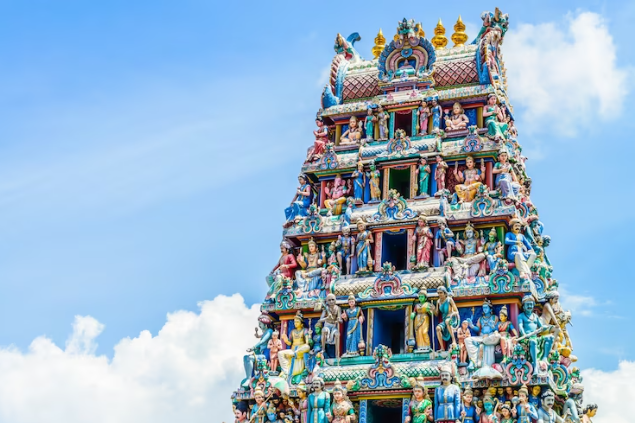Mahalaya: Tithi, Story Behind, Significance and Rituals!

Mahalaya is also known as Sarva Pitra Amavasya. Sanatan Hindus observe it a week before Durga Puja. It marks the beginning of Devi Paksha and the end of Pitru Paksha. The last day of the Pitru Paksha is known as Sarvapitri Amavasya or Mahalaya Amavasya. That is the most important day of Pitru Paksha. It is believed that, during this time, our ancestors from Pitru Loka (between heaven and hell) come and stay with us.
Mahalaya Dates 2023
Mahalaya 2023 Date – October 14 (Saturday)
The day is observed with utmost devotion and respect towards forefathers along with enthusiasm for entering the Devi Paksha period. Mahalaya is observed across the country by all Hindus, it is a very special day in the states of West Bengal, Odisha, Tripura and Karnataka as it is the day when Hindus of these states offer their respect to their ancestors by performing Tarpan. Moreover, it is also the last day of Pitru Paksha (Shraadh), and the time for festivity and Devi Paksha begins. Shraadh (Pitru Paksha) is the time when people dedicate 16 days in the memory of their ancestors.
Story Behind Mahalaya
On this day, the Trimurti – Brahma, Vishnu, and Mahesh invoked Maa Durga to bring the end of Mahishasura. Devotees mark this day with the advent of Maa Durga from Kailash. Mahisasura was blessed with the boon that no god or man could kill him. He attacked Devatas and occupied Deva Lok, all the Devatas were forced to flee. So, they prayed to Maa Adi Shakti and Hari to save themselves.
Maa Durga fought for 9 days with Mahisasura. On the 10th day, she killed him. That’s why devotees pray goddess for 10 days, it is said that Maa visits her people on earth on these days. Traditional bhajans like Jago Tumi Jago and Bajlo Tomar Alor Benu are sung asking her to come down, in Bengal.
Pitru Paksha and Shraadh
There is a story related to Mahabharata as well. When Karna died and his soul went to Swarga, he was offered jewellery as food. He asked Indra why he was being offered jewellery instead of food. Indra told him it was because he never donated food to his ancestors. Karna replied that since he was unaware of his ancestors, he had no chance to donate food to them. He was provided a chance to rectify that. He was sent for 16 days on Earth, in which he performed Shraddha and donated food in the memory of his ancestors. That period is called Pitri Paksha or Pitru Paksha.
The Bengalis attach great importance to this day. King Suratha used to worship the Goddess Durga in the spring, according to the Puranas. As a result, Basanti Puja (Chaitra Navratri) was another name for Durga Puja. Bhagwan Ram, however, offered puja to Maa Durga in the fall, which is why it is known as “Akal Bodhon” or untimely worship.
Actually, before leaving for Lanka to save Mata Sita from Ravana, Shree Rama hurriedly celebrated the Durga Puja. It was deemed inappropriate to perform puja when the gods and goddesses were awake, or “Uttarayan,” as opposed to when they were sleeping, or “Dakshinayan”.
The Significance of Mahalaya
Fasting on this day has special benefits. Its significance is mentioned in several Puranas from Garuda, Vayu, Matsya, and Markandeya to Agni Purana. It helps one get rid of past karma and achieve peace of mind. It also bestows one with happiness, health, and wealth. Also, Mahalaya puja keeps evil spirits and negative energy away from one’s place.
Remembering ancestors on this day strengthens the individual’s connection with the past. It is an opportunity for people to be blessed by their ancestors. As per texts, a person needs to repay 3 kinds of Rinas (debts) in his life. They are a debt to – god, guru, and purvaj.
Mahalaya is also the celebration of the spirit of the community. It is also considered an auspicious day for charity and good work.
What Do People Do on Mahalaya?
- People remember their ancestors on this day.
- They perform tarpan or Shraddha to make the souls of their ancestors delightful in the afterlife.
- Pitras are worshipped with flowers, dhoop, diya, food and water.
- In Bengal, devotees wake up early in the morning. They worship the goddess by singing “Chandipath”, and listen to “Mahishasura Mardini” by the great Birendra Krishna Bhadra. Men wear Dhoti on this day while performing Tarpan and worshipping their ancestors at the ghats of the Ganges, along with taking a dip in the holy river. They also observe fasting until the Tarpan is over.
- It is considered the son’s responsibility to serve the parents while they are living and after their death, he needs to perform Shradh to liberate their soul. The elder son performs the puja.
- Devotees also offer them a mix of barley and water. Those who wear sacred thread (Janeo), wear it on their right shoulders, just opposite to what they wear on ordinary days.
- Food items such as uncooked rice, water, and sesame seeds are left and are kept accessible to animals and birds like crows. It is believed, that our ancestors come in different forms and partake in the offerings.
- Feeding of cows and dogs is also considered auspicious on this day.
To get detailed insights on how Mahalaya puja should be performed, you can talk to an expert astrologer at NamoAstro.
Frequently Asked Questions
Q. What are the food items for Mahalaya?
A. On this day, food offerings to ancestors are usually presented in copper or silver vessels. It is then served in banana leaves or cups made of dried leaves. Food items such as kheer, rice, yellow gourd, and certain vegetables are prepared.
Q. Is Mahalaya Amavasya considered good?
A. As per the Agni Purana and Garuda Purana, this day is significant for not only paying respect to ancestors but paying respect to the ancestors one can protect the whole family members from facing unexpected death.









